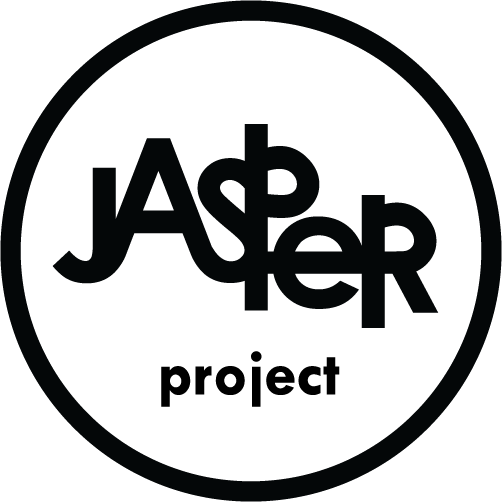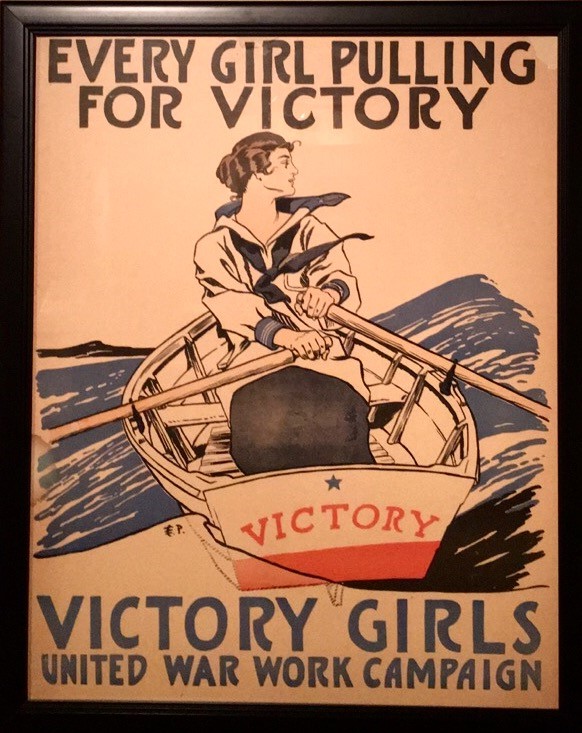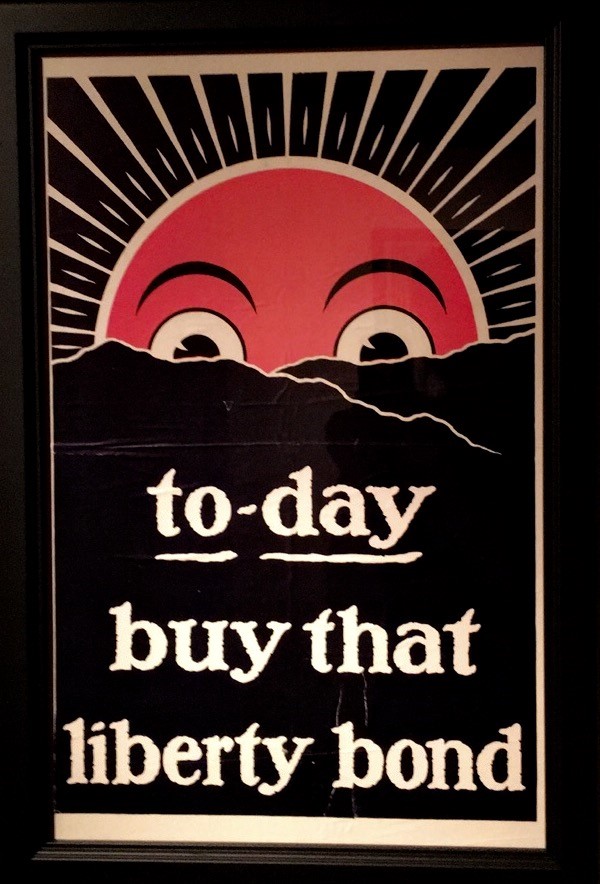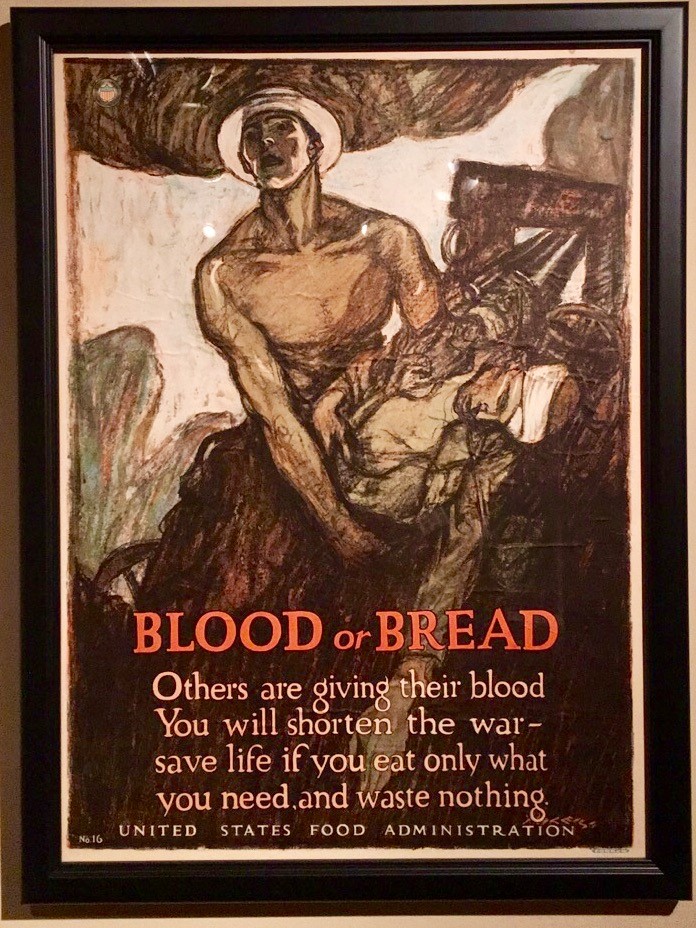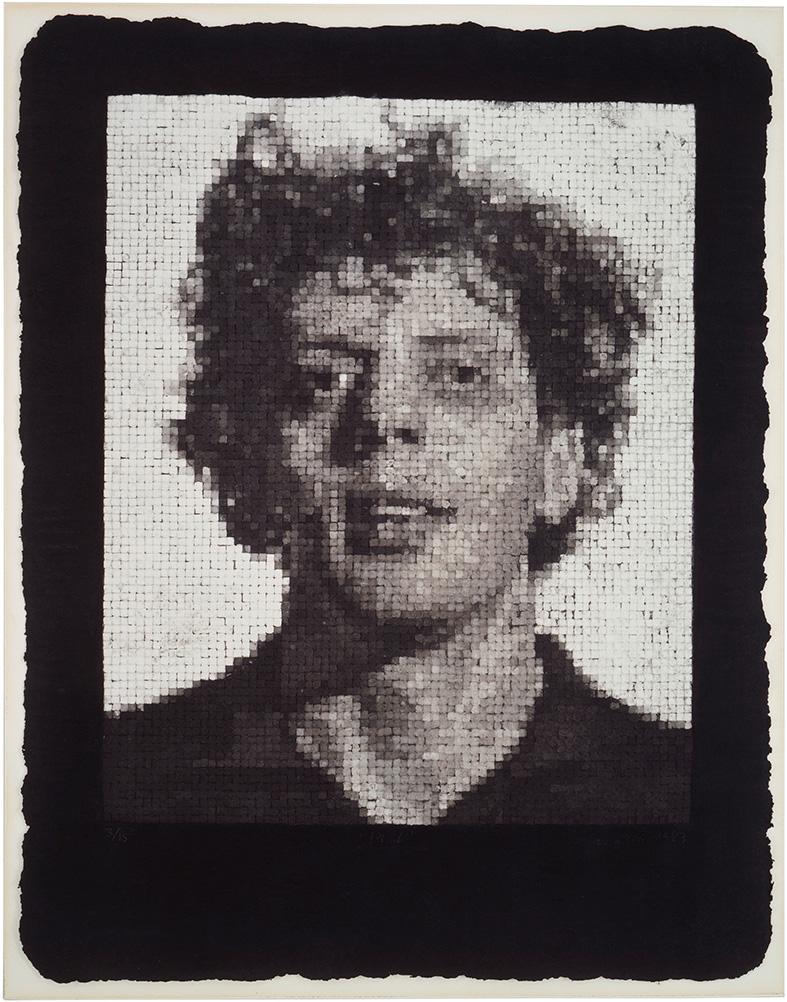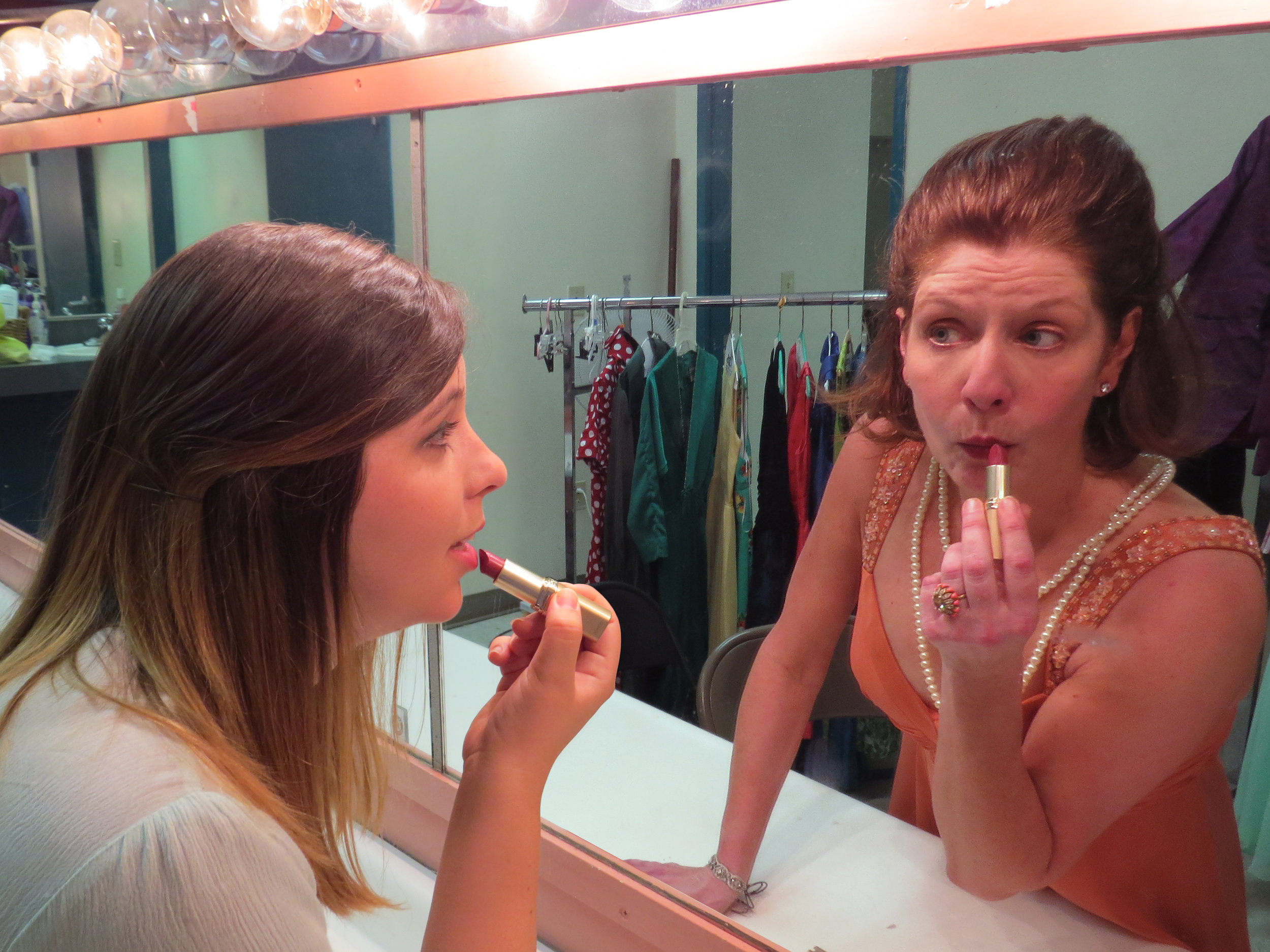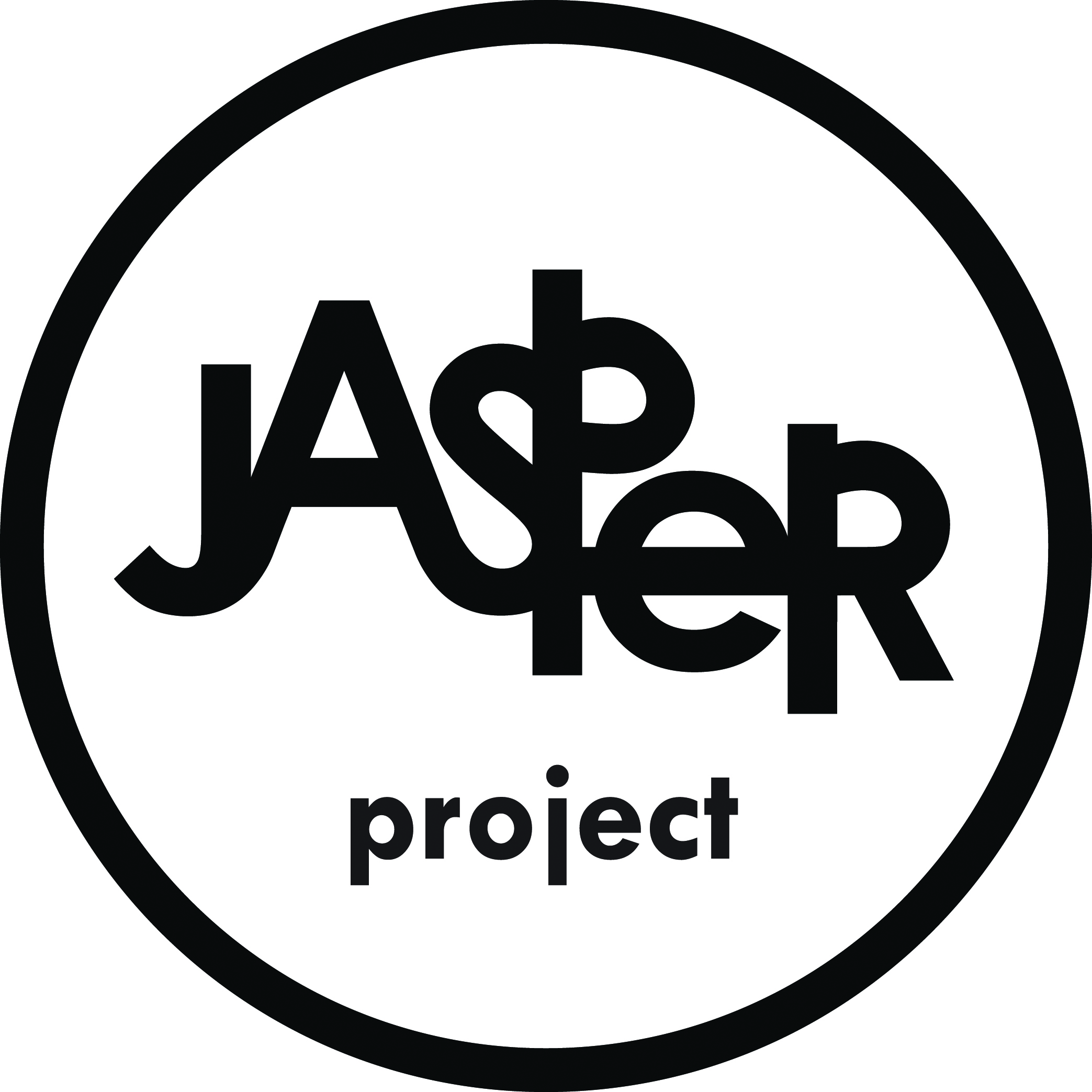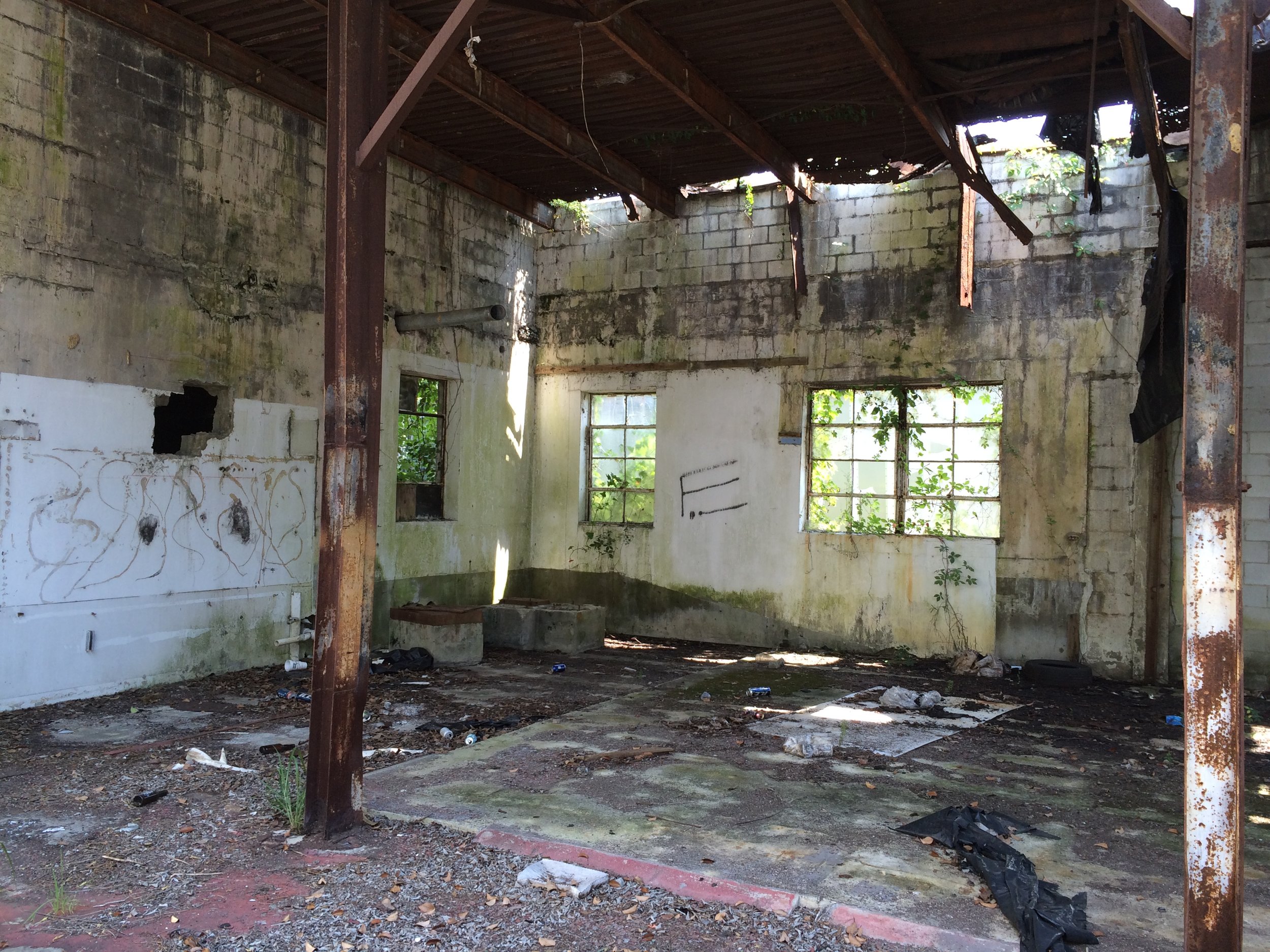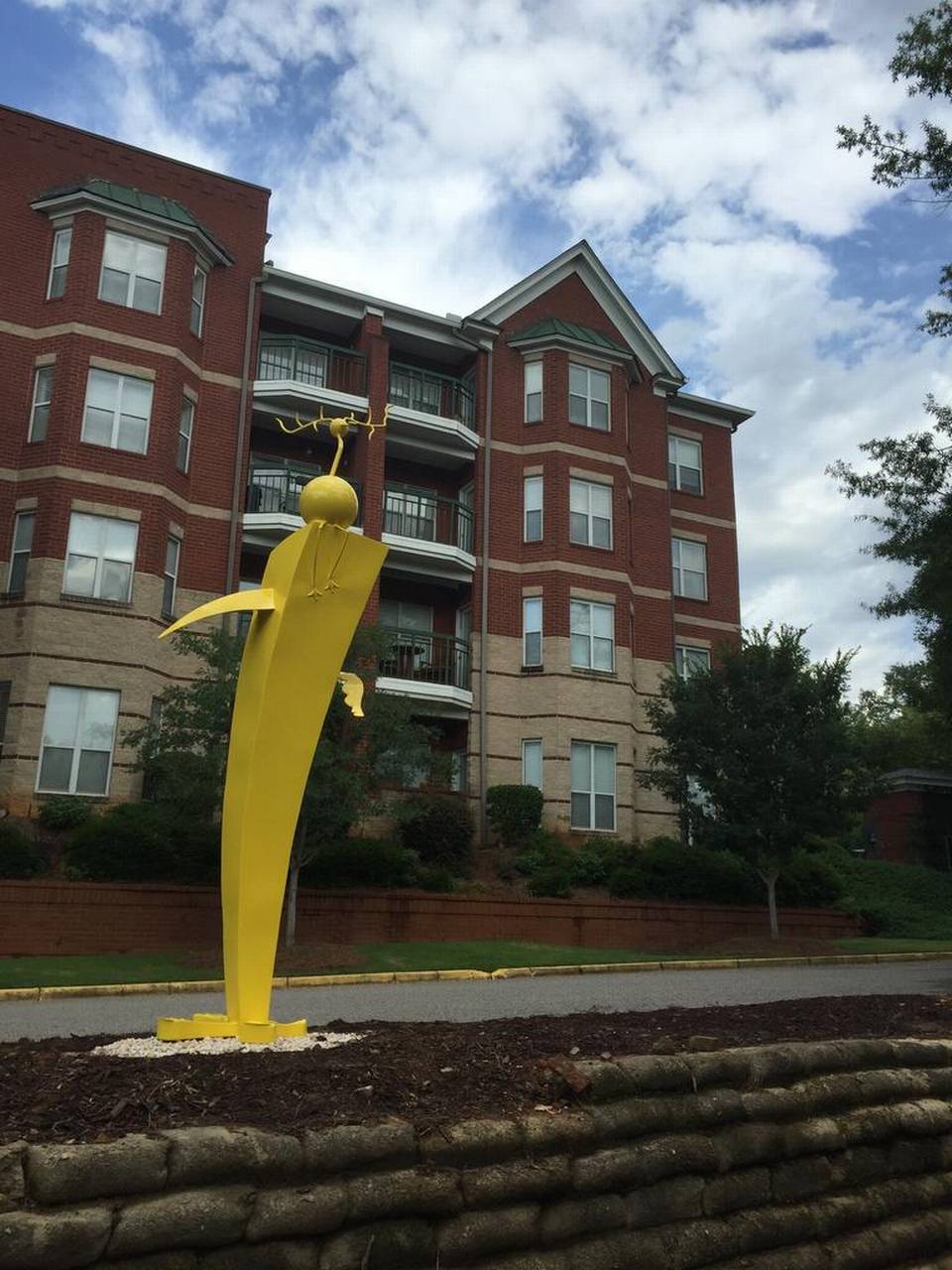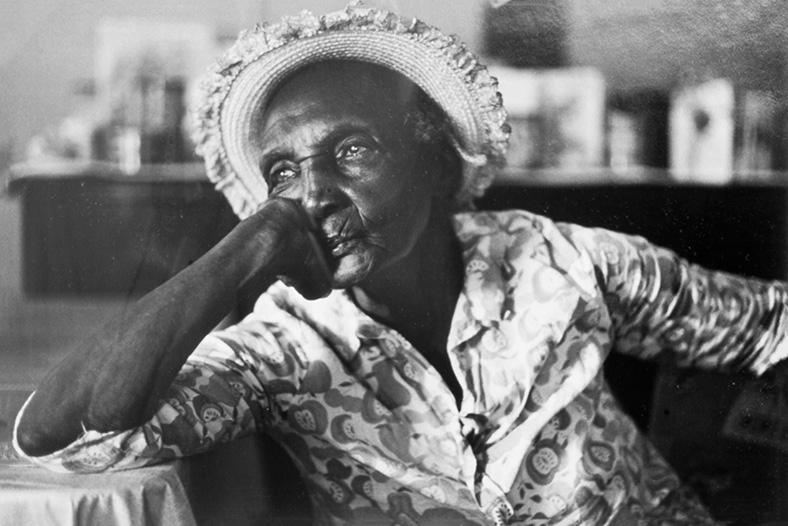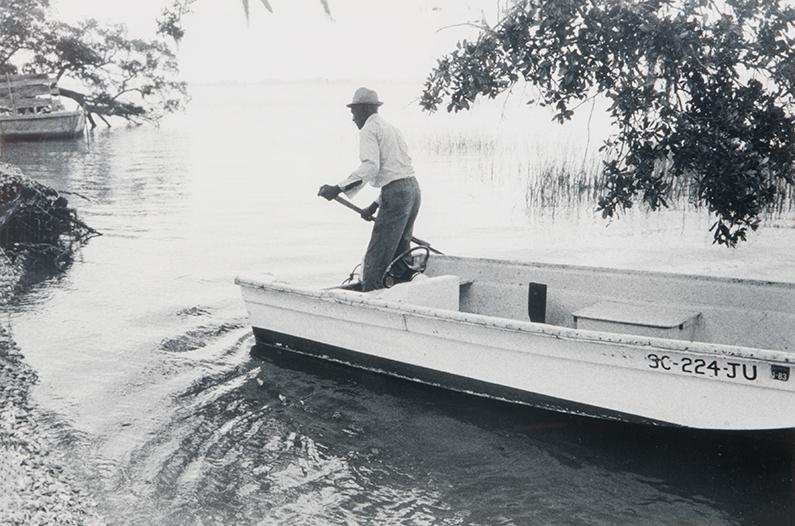by Mary Catherine Ballou
Answering the Call: American Victory Posters from the First World War, currently on display at the South Carolina Confederate Relic Room and Military Museum (located in the Cistern Gallery at 301 Gervais Street inside the SC State Museum building), proves that fascinating art shows can sometimes be found in unlikely places. Consisting of 38 chromolithograph posters advertising Liberty Bonds and other wartime fundraising efforts, along with various WWI memorabilia including uniforms, helmets, and artillery shells, this exhibit grants viewers a gander at century-old artifacts that served crucial roles during a stark turning point in history, when the United States went from honoring a staunch isolationist policy to becoming involved in a global, casualty-ridden war.
The artistic elements of this exhibit loom just as intriguing as the historical aspects. Each poster is a chromolithograph, which means they are colored prints. The word ‘chromolithograph’ derives from the Greek words for color, stone, and writing – ‘khroma’, ‘lithos’, and ‘graphe.’ The importance of the visual techniques used in these posters remains evident throughout the collection. While each was mass-produced to serve as propaganda to citizens during WWI, the graphic design components of the posters reflect an equally important purpose – to act as durable, attention-grabbing, clearly understandable forms of visual media.
One of the informational displays in the gallery states, “Maybe it is not so difficult to imagine the impact that commercial art had on the lives of the American people during World War I in light of the astonishing and sometimes overwhelming influence of visual media on today’s culture. Social media sites, cell phone applications, television, now all interconnected and omnipresent, infiltrate our social landscapes in ways that posters once could not, but the messages and images they carried succeeded in doing.” During the pre-television, pre-Internet time of the 20th century, printed graphics, along with newspapers and radio, served as vital forms of media. As a result, these ubiquitous posters were constant, visual reminders to Americans across the country during WWI.
An array of demographics and organizations are displayed in these posters, including but not limited to: The Red Cross, Knights of Columbus, the Boy Scouts, YMCA and YWCA, and women. Representations of African Americans during WWI appear in two illustrations in the exhibit, one of which reveals a black, uniform-clad American soldier that is entitled “The heads of the German Kaiser and Emperor of Austria-Hungary pinned by his arms.” The uniform of a female Red Cross volunteer in France and Germany from 1917-1919 stands next to these illustrations, entitled “Red Cross Uniform Worn by Anna Heyward Taylor.” Another noteworthy piece on display includes a Norman Rockwell chromolithograph entitled “Is He Getting It Over?” (1917-1918). The print shows a young American soldier attempting to speak French, serving as an advertisement for a YMCA-sponsored French language instruction book. The classic “I Want You for U.S. Army” (1917) print by James Montgomery Flagg, which portrays Uncle Sam sternly pointing his finger at the viewer, hangs in the gallery as well. The placard next to this piece affirms its enduring popularity, stating, “Between 1917 and 1918, over four million copies of this poster were printed. The image was so popular that it was put to use again to stir the masses into action during World War II although it remains familiar even to modern audiences.”
Answering the Call: American Victory Posters from the First World War reinforces the historic significance and success of these posters. It also provides an intimate survey of these artistically rich artifacts that are rarely seen in-person today, but remain quite recognizable nonetheless. The power of visual art to inspire, motivate, and instill certain values in viewers is self-evident in the results of these posters, whose sole purposes were to persuade Americans to finance the United States war effort through the purchase of liberty bonds and stamps. According to the exhibition, “Upon the Allied victory on November 11, 1918, less than two years after the United States declared war, the five combined loan drives raised over 20.5 billion dollars, enough to cover 100% of American military expenses.” This is a classic example of what stirring propaganda can do to motivate people to achieve a common goal. Filled with bold, vivid colors and impassioned compositions, the posters in this exhibit capture the essence of modernistic mediums and artistic trends such as art nouveau. Many of the illustrators of these pieces appear to be inspired by both impressionistic and realist art forms, with a combination of bright and light colors, linear shading, and dramatic expressions and scenes. The powerful images reflected in these posters promote an emotional response even today, as they were originally intended to do during WWI, and they serve as a testament to both the skill and expertise of the talented artists of this era.
A travelling exhibit from Hollingsworth Fine Arts, Answering the Call: American Victory Posters from the First World War will be on display at the SC Confederate Relic Room and Military Museum through December 30, 2016. For more information, please visit: https://www.crr.sc.gov and http://www.hollingsworthfinearts.com/#!answering-the-call/cg3.
